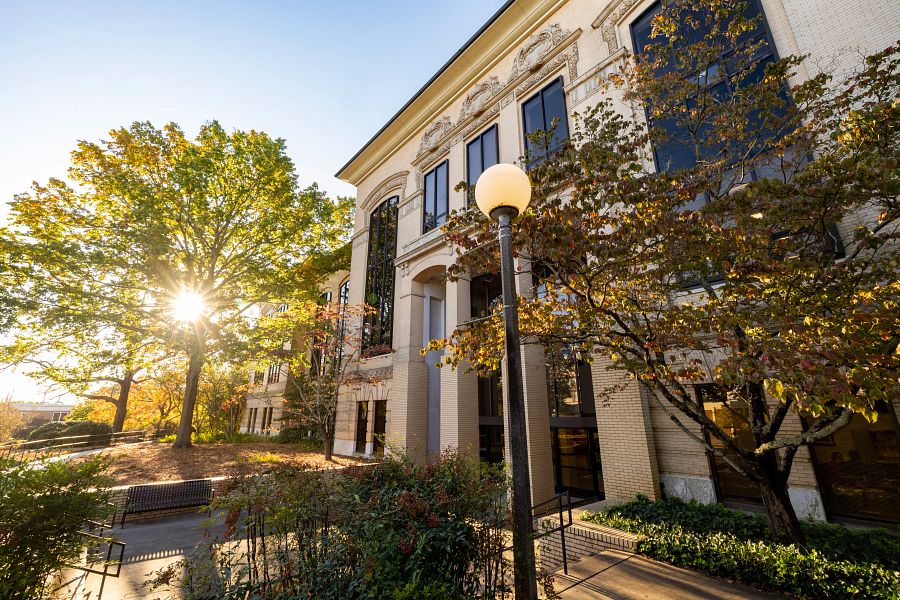More Information |
|
Mature plants have tiny, yellow blooms in flat, lacy clusters like airy umbrellas. The flowers make great cut flowers.
Dill's bluish-green fronds branch readily from the single round, hollow stalk that emerges from its taproot. Its feathery foliage provides a soft background for smaller, sun-loving petunias, daisies, marigolds and others. Combine dill with flowers in a bed or border.
|
| As great as it tastes, dill earns a place in your landscape, too. |
Great Varieties Available
Common garden dill grows 3 to 5 feet tall. But dwarf versions grow 2 to 3 feet tall. Among the most attractive varieties:* "Dukat" is grown for its abundant foliage, which is perfect for salads. The seeds are great for seasoning various condiments. Sow them in clumps. This variety is considered a tender annual, so start seeds indoors four to six weeks before the last spring frost. Transplant seedlings outdoors after all frost danger is well past.
* "Bouquet" is an early bloomer that sports large seed heads and dark, blue-green foliage. It's ideal for pickling.
* "Long Island" or "Mammoth" dill is so reliable that it's commonly grown by commercial growers.
* "Fernleaf" was a 1992 All-America Selection winner. This unique dwarf dill reaches only 18 inches tall, so it needs no staking. It's slow to go to seed, too, which gives you more time to harvest leaves. "Fernleaf" dill excellent for containers and looks great in flower arrangements.
Grow Dill in Containers, Too
Plant dill with other herbs near the kitchen or in window boxes or planters so its fine texture contrasts with the coarser foliage of basil, mints and others.Dill, especially the dwarf type, is a good companion in containers for other sun-lovers like flowering annuals, other herbs or vegetables such as patio tomatoes.
Use a container at least 10 inches deep to accommodate its taproot. Be sure it has drainage holes. Fill it with a moistened, soilless potting mix to within 2 inches of its top.
Either add some granular, slow-release fertilizer to the mix before you plant or plan to feed them once a month with a general-purpose liquid fertilizer.
Plant the dill seedlings in the container and water them well. Keep them out of bright sun the first day or so while they adjust to their new situation.
Water often to prevent the container plants from drying out during hot, summer days. Because dill matures fairly fast, you'll have to replace spent plants with new ones during the season.







